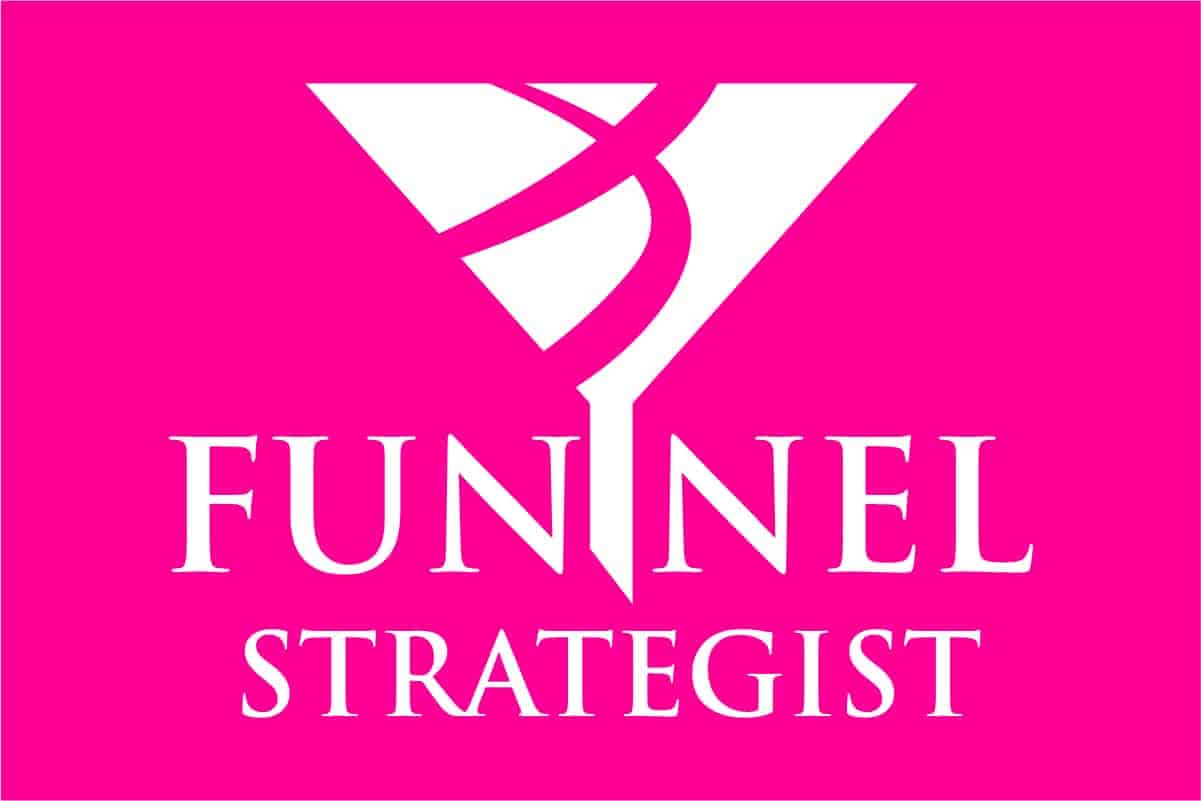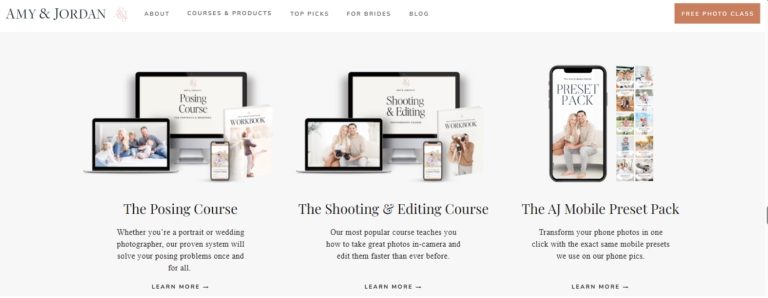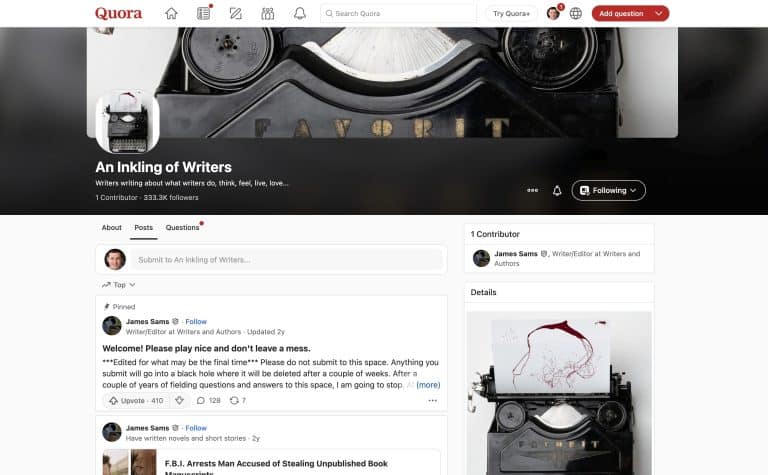Wpfunnels Review and Lifetime Deal 2024 – is it worth it?
I recently published a post on the best funnel builder for WordPress and one of the builders that caught my attention was WpFunnels.
Even though I didn’t list WpFunnels as the #1 funnel builder while researching I fell in love with the offering.
It has some unique features that are conspicuously missing on OTHER WordPress funnel builders.
On that note, I decided to review the platform and see if it’s really worth the investment or not.
This WpFunnels Review will cover its features, pricing, pros, cons, who it is best for, and FAQs about the WPFunnels.
What is WpFunnels?
WpFunnels is a WordPress funnel builder that allows you to build sales funnels within your WordPress site without having to change your CMS.
Gone are the days when building a sales funnel for your product required you to host it on the platform offering the service.
Now, you can host and build a sales funnel for your product on your WordPress site and still have the same or even better results.
WpFunnels is a relatively new tool that was recently launched.
And if anything, it solves some of the shortcomings of other WordPress Funnel Builders and also makes it possible to build a funnel similar to what we have on Clickfunnels and other standalone builders.
Here’s a quick run through the key features offered on WpFunnels:
- Drag and drop canvas
- Templates for landing page, checkout, etc
- Upsells and downsells
- Automation and conditional steps
- A/B split testing
- Full analytics
Who is WpFunnels For?
WpFunnels is a plugin created for businesses and entrepreneurs that sell products online.
It’s best for creators and business owners that sell digital products online.
Whether you sell an online course, ebook, membership site, or whatever it is, then WpFunnels is meant for you.
If you’re currently using a sales funnel builder or plugin and looking for an alternative, then it is worth considering WpFunnels as it is the Cheapest out there for now.
And if you’re planning to switch over, I recommend you test run with a sample of your customers to ensure everything is in order before making the changes.
Overall, if you’re a blogger, vlogger, or information product entrepreneur, then you’ll find this interesting.
Worth mentioning is that WpFunnels doesn’t host your digital product (not at all), all it does is help you get prospects to buy your offer.
Then you can direct them to where to get the product.
So you’ll still need an LMS (if it’s a course). If it’s an ebook, you can use email automation software to email them after the b purchase or do it manually (but the goal is to automate completely right?).
So if you’re looking for a tool to host your course then this isn’t it.
However, you can use it alongside other WordPress plugins to achieve your goal.
If you’re planning to sell a course, then you can use it alongside Learndash.
If it’s an ebook, you can email it to them via automation plugins like Mail Chimp.
WpFunnels only serve as a sales funnel builder to build a road map for potential customers and make it easy for them to purchase.
Delivery of the product is up to you to decide.
On that note, let’s get into how this wonderful software works.
How Does WpFunnels Work?
WpFunnels is a plugin and hence requires you to install and activate it to make use of it.
After purchasing the WPFunnels product and downloading the plugin.
You’ll need to head over to your WordPress plugin dashboard and upload.
The next step is to install and activate the plugin.
Immediately after the activation, the WPFunnels menu will appear on your WordPress dashboard menu list.
It’s from this WpFunnels WordPress dashboard you’ll create and manage your funnels.
Here’s a list of the basic menus you’ll find inside the plugin dashboard:
- Plugin settings
- Overview tab
- Request a feature
The plugin settings are where you can configure the plugin to serve your purpose.
The settings will allow you to choose your preferred page builder, select the type of funnel you want to create, etc.
The overview tab is where you get to see all your funnels. It’s also where you get to create new funnels.
The Request a feature tab allows you to share your problems and things you hope the WPFunnels team can add to the tool.
Speaking of how WpFunnels works, it requires you to have a page builder to use alongside.
The most popular page builder is the free Gutenberg blocks.
To create your funnel, WpFunnels offers you a library of templates to Jumpstart the process.
After selecting a template, the template opens up in your preferred editor (Gutenberg) where you can now make your edits and changes.
The best part of the software is that it provides you with a visual canvas to help you visualize your funnel and this is what other WordPress Funnel Builders are lacking.
While I went through the popular WordPress Funnel Builders in my other post, I discovered the majority of them lack the visual canvas and this sets WpFunnels apart.
The canvas simplifies the process of adding automation and conditionals to your funnel.
The automation will help you inform WpFunnels how you want the journey to look. You get to set conditions.
WpFunnels also allows you to A/B split test your funnels to know which is working better.
The analytics dashboard is where you get to monitor your result and know if your funnel is converting well.
Key Features of WpFunnels
Having made mention of the key features you’ll find in WpFunnels in the previous sections, let’s do a deep dive into them now.
#1 Drag and Drop Canvas
So far, my favourite feature on WpFunnels is its drag-and-drop canvas.
The previous way of doing this is to structure out a roadmap on what you want your funnel to look like on design software.
Well not necessary but this will save you time and help you build your funnel as quickly as possible.
Now with the drag-and-drop canvas, not only will you be able to build your sales funnel faster, but you’ll be able to view the funnel flow visuals.
The funnel serves two purposes:
- It’s where you get to configure your funnel, organize it, initiate, and execute it.
- Then it also serves as a planner to have a visual representation of your funnel (this way things will not get muddled together).
A typical funnel on WpFunnels has five pages which include :
- Landing Page
- Shopping cart
- Upsell
- Downsell
- Thank you page
If you want a particular page to come before another, you can easily drag and drop it. That’s the beauty of WpFunnels.
#2 Funnel Templates
Another excellent feature WpFunnels has to offer is its funnel templates.
The funnel templates serve as a building block for designing your funnels..
Once you’re on the overview tab, you will find an option to create a new funnel.
This option takes you to the funnel templates which you get to select from.
At the moment, WpFunnels only allow you to create sales funnels with landing pages, checkout page, order page, order bump, upsells & down sells offers, and thank you page.
A major downside to WpFunnels is the fact that it doesn’t integrate with form builders at the moment. So you can’t yet use any of your forms builds to build a funnel. You’ll have to rely on the tools you’re given.
#3 Page Builders
Similar to many WordPress Funnel Builders, WpFunnels also require page builders to design and develop your funnel.
Although there are lots of page builders at the moment, WpFunnels only support it for now.
The two-page builders supported by WpFunnels are Gutenberg Editor and Elementor.
Both are free tools you can leverage to simplify your building process.
The page builders offer you a visual drag-and-drop interface besides the visual planner and workflow you’ll see on WpFunnels.
Whichever builder you choose, WpFunnels makes it possible to sync the templates for the builder.
#3 Flexible Offer Settings
This is where you set up your upsell and downsell offers.
This feature allows you to choose if your offer will be a separate order or will be as part of the main order.
The latter is what I prefer – as it is exactly the idea of upsells and downsells.
In WpFunnels’s words, the two offer options are:
- Child Order – the offer will stand as a separate order.
- Add to Main Order – it’ll be added to the main order as a package.
#4 Funnel Mapping
Funnel mapping is where the automation comes in for WpFunnels.
This is where you get to connect the multiple steps and pages together to make it a road map for your prospects.
And to map your funnels together, all you have to do is to click on one step, click and hold the connector, and drag to the next step. That’s how simple and fun mapping is.
This flexibility gives you the opportunity to flip things around. Whenever you connect a step to another, it becomes automated and linked.
A basic flow you would want to follow is:
Sales page > Order page > Order bump > Upsells > Checkout
#5 Additional Conditionals
WpFunnels offers additional conditionals that allow you to add conditions to your pages and steps.
You can add conditions to any of the steps in your funnel. You can add conditions to Upsells, down sells, and order bumps.
You can add an offer on each step of your funnel with this feature (but I don’t think you want to).
#6 Funnel Analytics
Once you have your funnel running, there’s the analytics to get data on the performance of your funnel.
What makes this interesting is that you don’t have to use third-party software to measure the performance of your funnel.
For each of the funnels you’re running, you can get data on the conversion rate, average order value, order bump revenue, gross sales, etc.
#7 Custom Checkout
For each of your funnels, WpFunnels allows you to add a custom checkout which can be edited and customized with your preferred page builder.
WpFunnels Pricing and Plans
I’ll start out by saying WpFunnels is the cheapest WordPress Funnel builder out there at the moment.
I can say this because I have reviews over 13 funnel builders for WordPress and none is as cheap as WpFunnels.
It offers three plans (small, medium, and large) which come in two pricing styles (annual and Lifetime).
WpFunnels Small Plan
The Small plan costs $97 per year and costs $237 for the lifetime offer.
For this, you get:
- License for 1 site
- Lifetime priority support
- Lifetime updates
- Stripe and PayPal support
WpFunnels Medium Plan
The Medium Plan costs $147 annually and a one-time fee of $437 for the lifetime offer.
You get:
- License for 5 sites
- Lifetime priority support
- Lifetime updates
- Stripe and PayPal support
WpFunnels Large Plan
This plan costs $237 annually and a one-time fee of $737 for the lifetime offer.
For this plan, you get:
- License for unlimited sites
- Lifetime priority support
- Lifetime updates
- Stripe and PayPal support
WpFunnels Upcoming Updates
I recommend buying the WpFunnels lifetime deal over its annual plan because of the future updates they are working on.
To give you a glimpse, here are the list of updates coming up:
- A/B split testing for each funnel step
- Integration with Divi Builder
- Integration with major LMS plugins
- Integration with form builders
- CRM integration
- Conditional offers for WooCommerce.
WpFunnels Pros – What I Like About WpFunnels
- The affordable lifetime deal
- Visual mapping and interface
- Supports upsells, downsells, and order bumps.
- Offers a library of templates to choose from.
WpFunnels Cons – What I Don’t Like?
- Lacking in some features like the lead generation funnel.
- Lacks A/B split testing (although they are working on it)
Wrapping Up
Finally, WpFunnels isn’t a perfect tool but it’s one of the best funnel builders for WordPress out there.
In addition to being available, it’s one of the funnel builders for WordPress that provide a visual view of your funnel steps.
It offers a free trial which you can get started with.
If you’re still on the fence as to whether to use it or not, then I recommend starting with the free trial.
Related Articles




